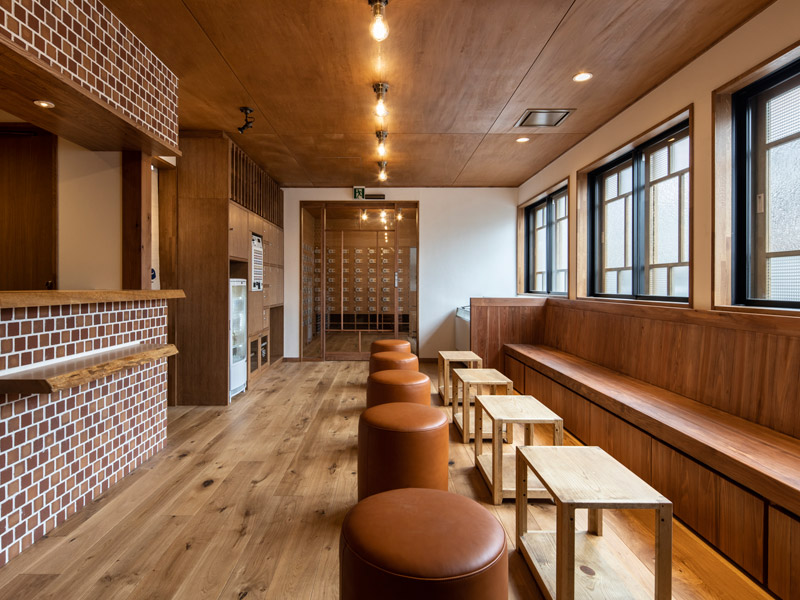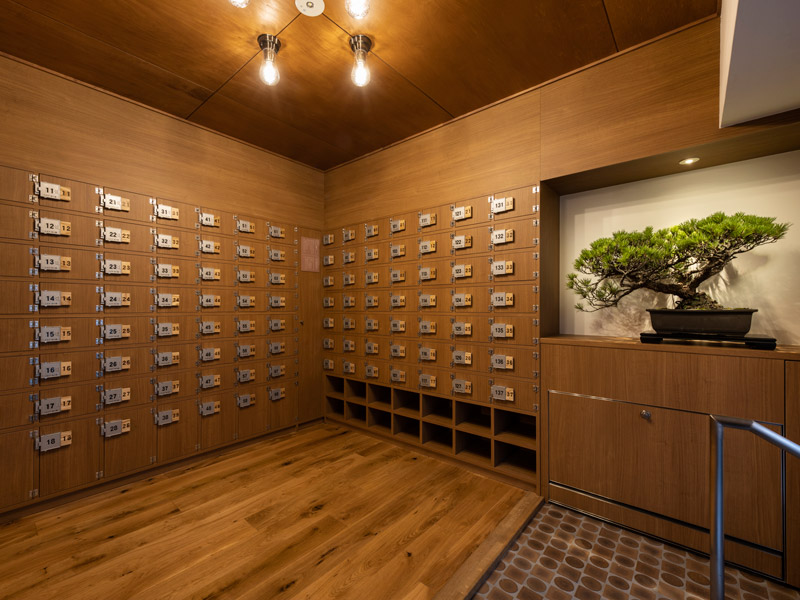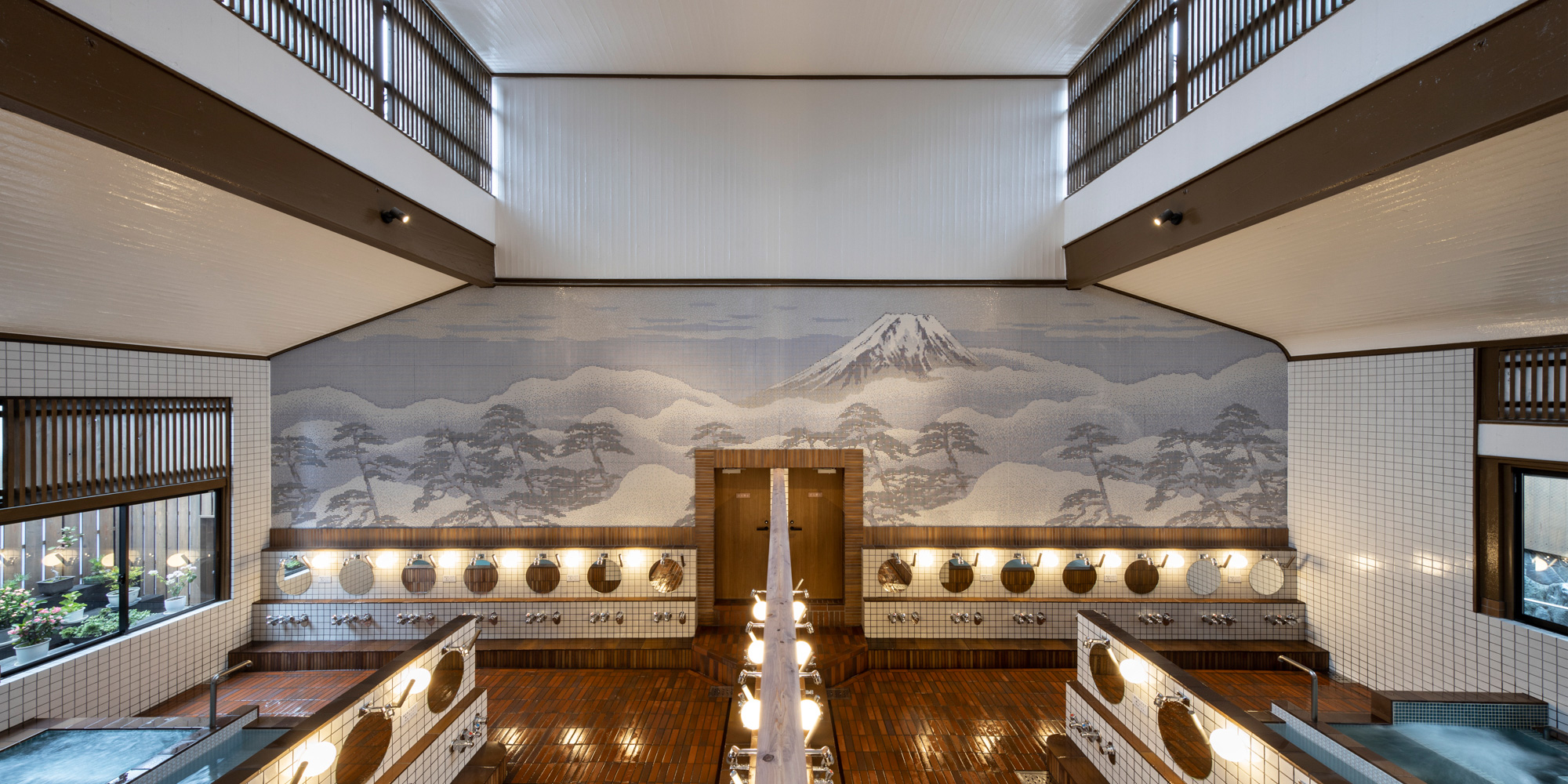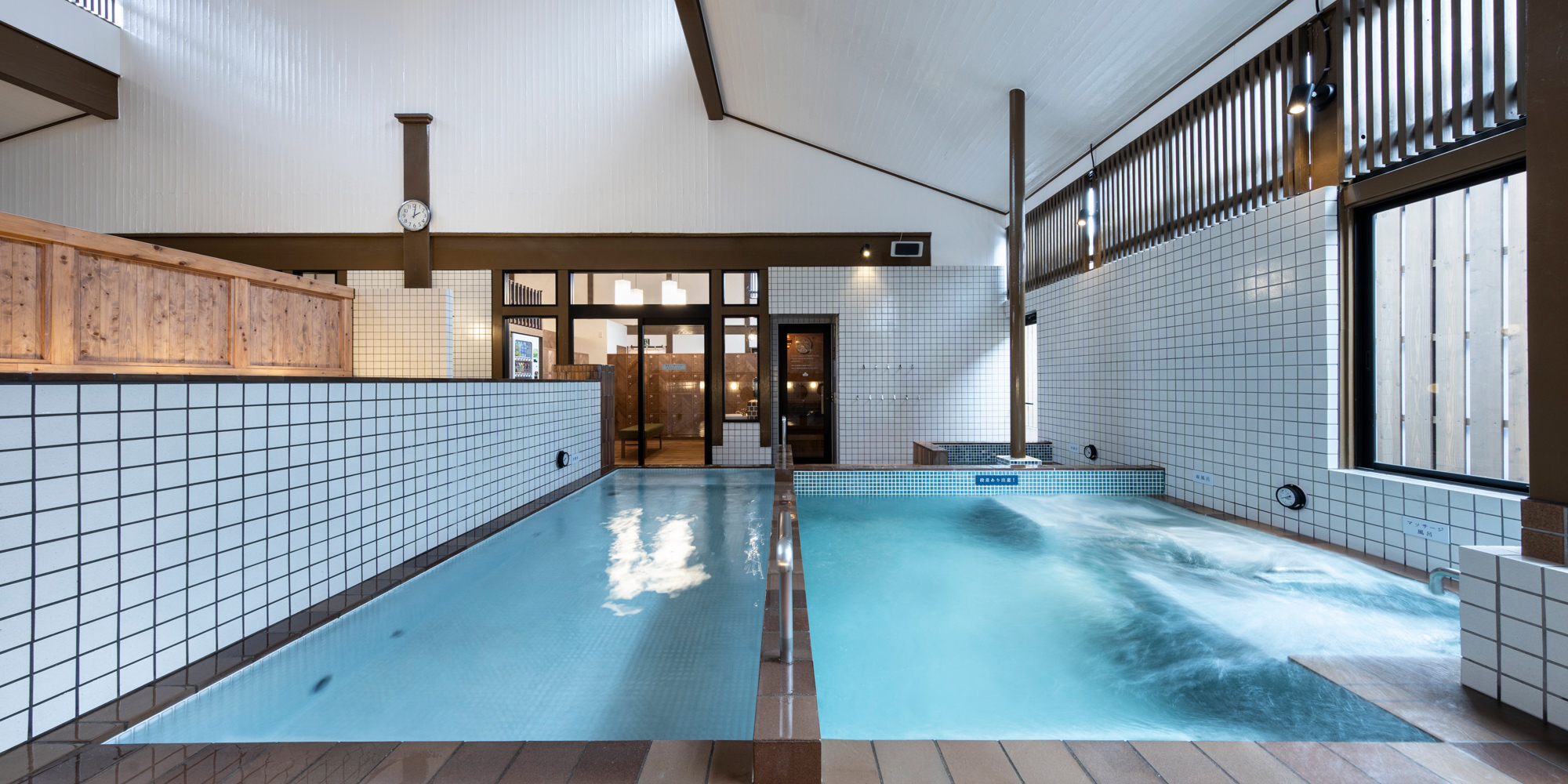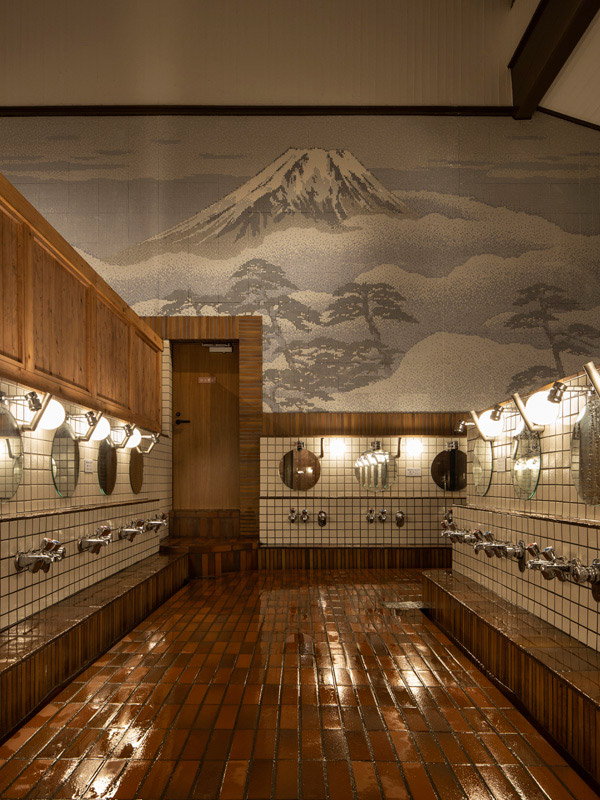 MATSUNO-YU
MATSUNO-YU 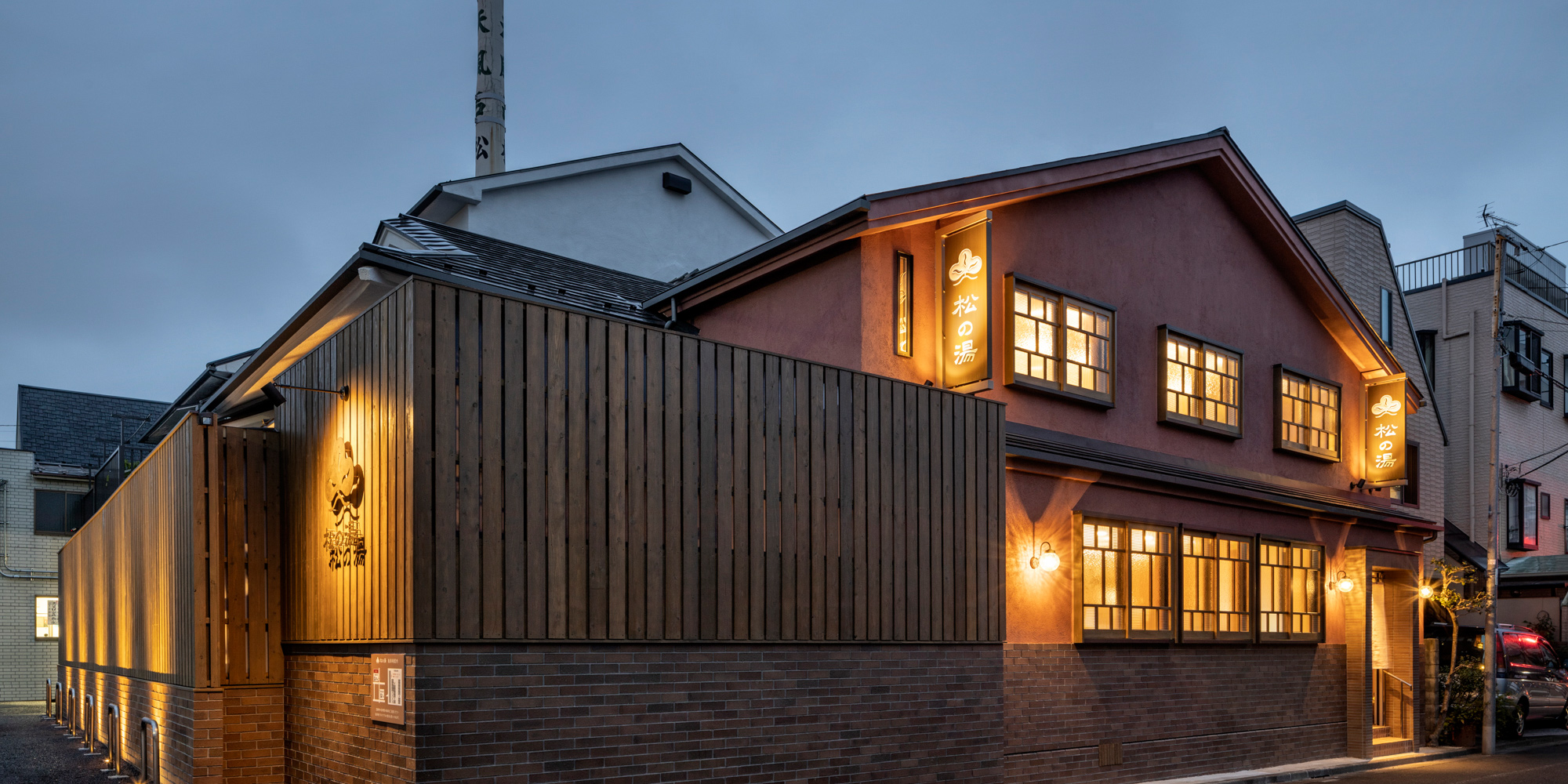
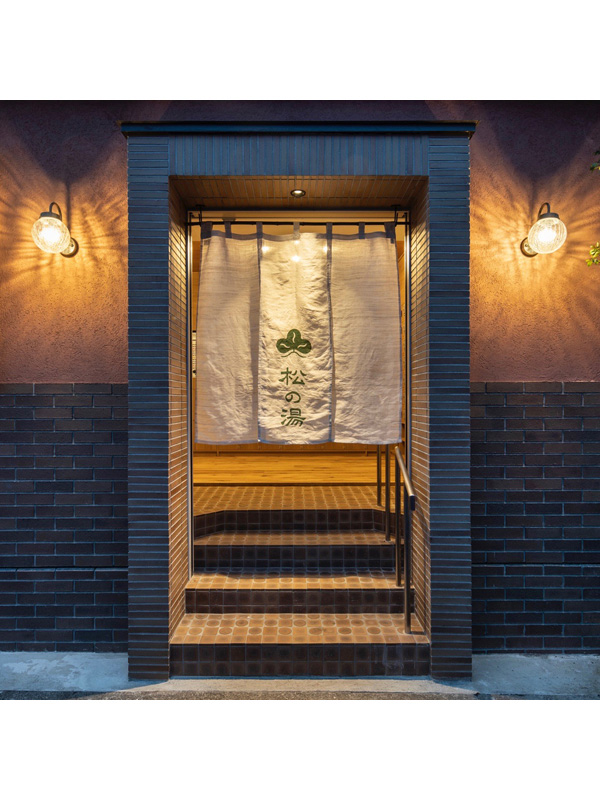
History leaves deep imprints on a city’s landscape and architecture, transcending time and being passed down through generations. People look at these traces, learn from the lessons of the past, and gain wisdom to connect them to the future. History is not merely a record of the past but a symbol of the culture and values that live on in the city, passed down to the next generation. The stories that transcend time continue to live with people’s memories and become a bridge to the future.
Hachioji, where Matsuno-yu is located, has historically developed as a satellite town, both geographically and functionally, in relation to central Tokyo. During the Edo period, Hachioji was a post town along the Koshu Kaido highway, with 15 inns, including Yokoyama-shuku, Youkaichi-shuku, and Yahata-shuku, and was also a thriving center of the textile industry. The town also had a Hanamachi (geisha district) where geisha and maiko were active, with characteristic wooden fences known as “Kurobe” symbolizing the traditional architectural style of the Hanamachi. In the early 1900s, the town was known for its tram system, and it also became recognized as a brick production area. In 2009, Hachioji was selected for the “Edo-Tokyo Urban Landscape Revival Project,” which involved paving the streets of the Hanamachi Kurobe Street with stone, painting the exterior walls with Kurobe-style designs, and improving street lighting.
However, compared to the historically vibrant period, Hachioji today faces the unfortunate issue of a high number of young people moving out within three years. The theme of this renovation design was to consider whether the Sento could play some role in addressing this problem. By visiting the Sento, residents can develop an affection for the city and trace its memories while interacting with long-time residents. In a modern society where connections with the community have become tenuous, the Sento can fulfill such a role. With this in mind, the design concept was set as a “Sento Connecting Time,” incorporating images of “brick,” “Kurobe,” and “trams,” which have historically adorned and symbolized the city of Hachioji, into both the interior and exterior design.
Before the new Matsuno-yu was completed, there were actually various twists and turns, including building plans to convert the facility to other types of businesses, but in the end, the Sento business continued. The fact that the wooden structure of this Sento, which has stood on this site for over fifty years, remains and is being renovated to continue operation also carries the meaning of “connecting time.” In a modern Japanese society that constantly seeks renewal and innovation, if Matsuno-yu can function as a place to nurture affection for the community, it might be an ideal representation of a Sento in contemporary times.
